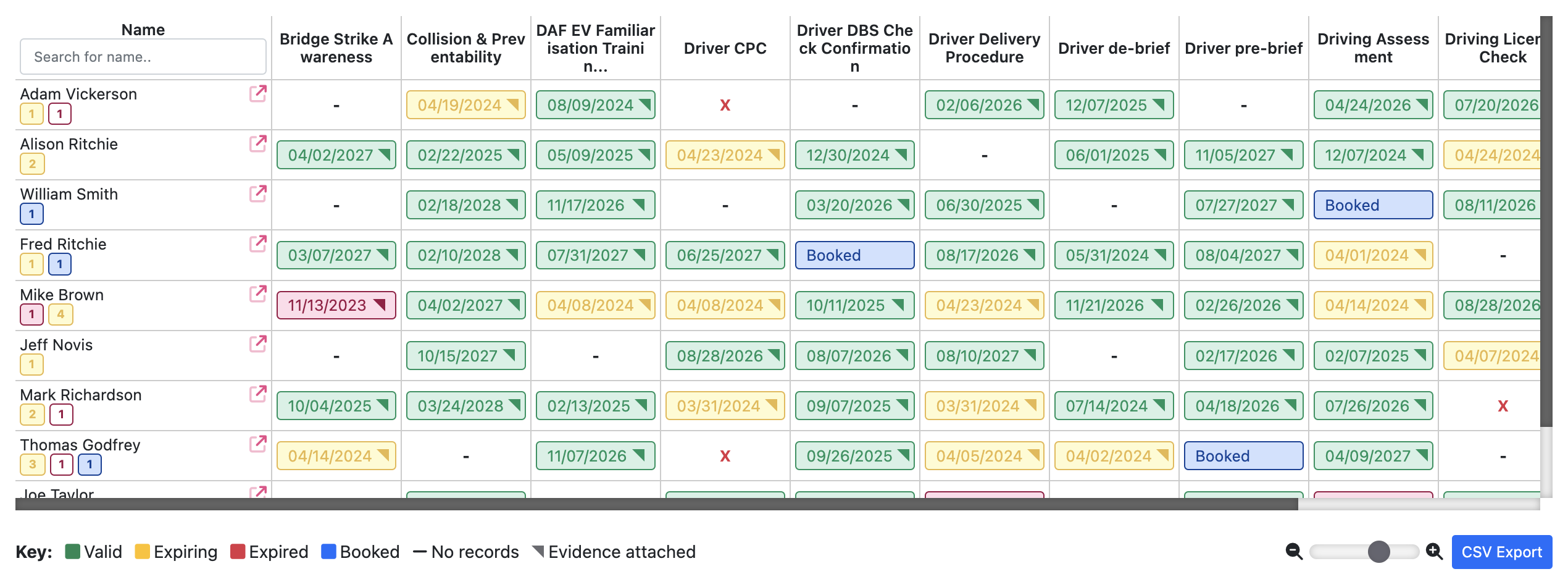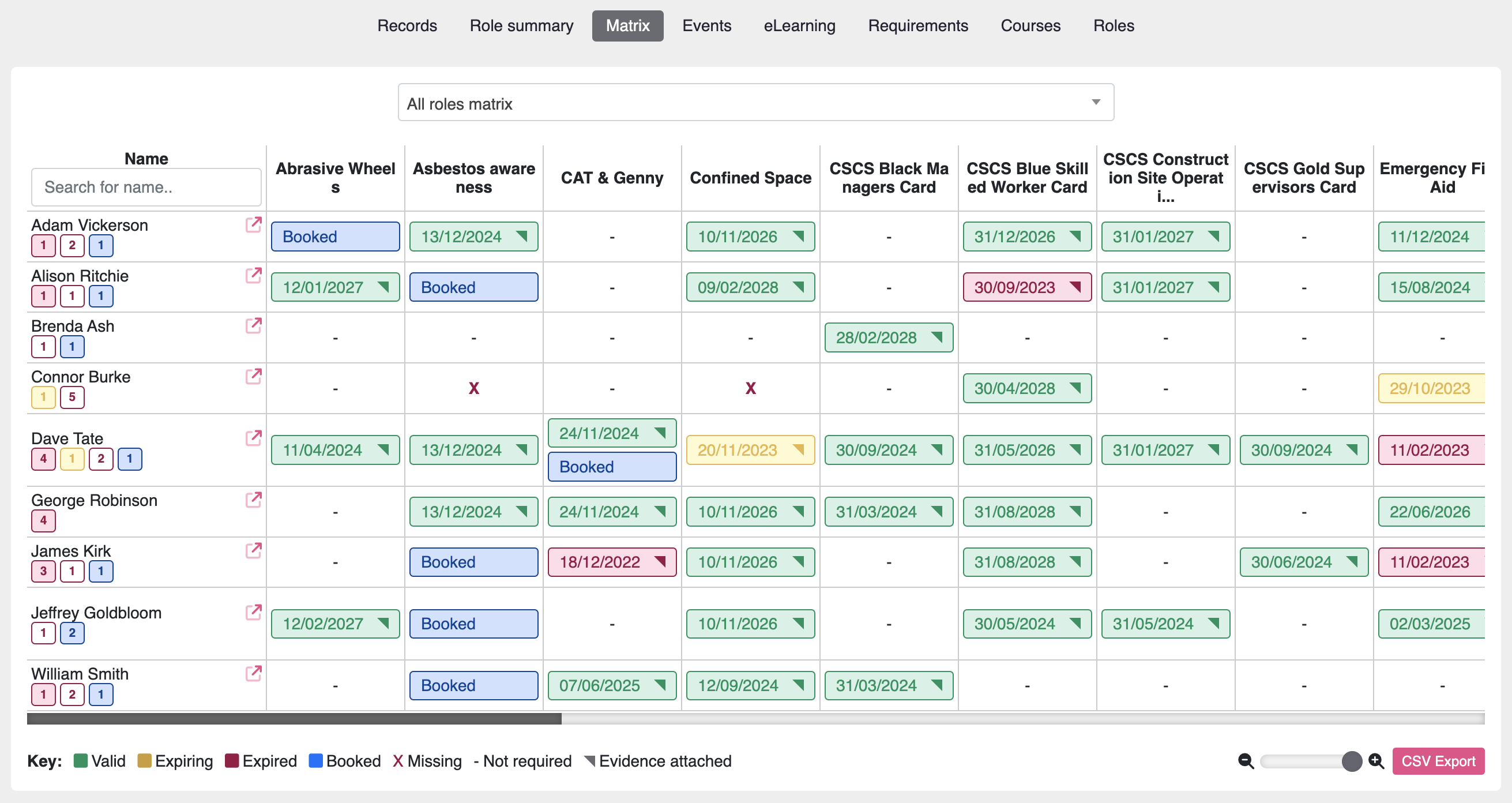Training is an essential part of any organization’s success. It helps employees develop new skills, stay up-to-date with industry trends, and improve overall performance. However, with limited budgets, it can be challenging to provide quality training for your team. In this article, we’ll explore cost-effective strategies for stretching your training budget and getting the most out of your investment.
Why Is Training Important?
Before we dive into cost-effective strategies, let’s first understand why training is crucial for your organization.
Improved Employee Performance
Training helps employees develop new skills and improve their performance. It allows them to stay up-to-date with industry trends and best practices, which can lead to increased productivity and efficiency.
Increased Employee Retention
Investing in your employees’ development shows that you value them and their contributions to the organization. This can lead to increased employee satisfaction and retention, reducing the costs associated with turnover.
Enhanced Organizational Success
When employees are well-trained and equipped with the necessary skills, they can contribute to the organization’s success. Training can help employees understand their roles and responsibilities better, leading to improved performance and overall success.
Cost-effective Strategies for Stretching Your Training Budget
Now that we understand the importance of training let’s explore some cost-effective strategies for stretching your training budget.
Utilize Online Training Platforms
Online training platforms, such as LinkedIn Learning, offer a wide range of courses at affordable prices. These platforms often have discounted rates for bulk purchases, making it a cost-effective option for training multiple employees.
Additionally, online training allows employees to learn at their own pace, reducing the need for expensive in-person training sessions. It also eliminates the costs associated with travel and accommodation for off-site training.
Leverage Internal Resources to Stretch your Training Budget
Your organization likely has employees with specialized skills and knowledge that can be utilized for training purposes. Consider creating a mentorship program where experienced employees can share their expertise with newer employees.
You can also encourage employees to lead lunch and learn sessions, where they can share their knowledge on a specific topic with their colleagues. This not only provides cost-effective training but also promotes a culture of continuous learning within the organization.
Identifying employees with these skills is made simpler if you have a system for measuring and recording skill competency levels. There is further information and guidance on how to do this here.
Stretch your Training Budget with Robust Analysis of Need
Carefully analysing your training needs will help you to identify opportunities for cost savings. Block booking training is often cheaper and attracts discounts from training providers. Knowing exactly where your training gaps are, and when records are due to expire will help you to maximise this cost saving opportunity. Likewise, refresher training is often cheaper in cost and shorter in duration, meaning less time off the tools and it is important to know when training is due to expire so that you can take advantage of refresher training courses before the full, longer and more expensive, course is then required. For further reading on how to identify these opportunities and the tools available to do this take a look here.
Partner with Other Organizations
Collaborating with other organizations can be a cost-effective way to provide training for your employees. You can partner with industry associations, educational institutions, or other companies to offer joint training sessions.
This not only reduces the cost of training but also provides an opportunity for networking and knowledge sharing among employees from different organizations.
Utilize Government-funded Training Programs to Maximize Your Training Budget
Many governments offer funding and subsidies for training programs to support workforce development. These programs are often targeted towards specific industries or skills and can provide significant cost savings for organizations.
Do some research to see if your organization is eligible for any government-funded training programs. You can also reach out to your local government representatives or business associations for more information.
Invest in Virtual Training Tools
Virtual training tools, such as webinars and virtual classrooms, can be a cost-effective alternative to in-person training sessions. These tools allow for interactive and engaging training sessions without the need for expensive travel and accommodation costs.
Additionally, virtual training tools often have recording capabilities, allowing employees to access the training material at a later time. This can be beneficial for employees who may have missed the live session or need a refresher on the material.
Conduct In-house Training Budget Friendly Training Sessions
In-house training sessions can be a cost-effective option, especially for larger organizations. You can utilize internal subject matter experts or bring in external trainers to conduct training sessions on-site.
In-house training also allows for customization of the training material to fit the specific needs of your organization. This can lead to more relevant and impactful training for your employees.
Utilize Open-source Training Materials
Open-source training materials, such as online courses, videos, and articles, can be a cost-effective option for providing training to your employees. These materials are often free or available at a low cost and cover a wide range of topics.
You can also encourage employees to share any relevant training materials they come across, creating a library of resources for continuous learning within the organization.
Measuring the Effectiveness of Your Training
It’s essential to measure the effectiveness of your training to ensure that you’re getting the most out of your investment. Here are some ways to evaluate the impact of your training:
- Conduct pre and post-training assessments to measure knowledge gain
- Gather feedback from employees on the training material and delivery
- Track employee performance before and after training to see if there are any improvements
- Monitor employee retention rates to see if training has had an impact on employee satisfaction
Conclusion
Training is a crucial aspect of any organization’s success, but it can be challenging to provide quality training with limited budgets. By utilizing cost-effective strategies, such as online training platforms, leveraging internal resources, and partnering with other organizations, you can stretch your training budget and provide valuable development opportunities for your employees.
Remember to measure the effectiveness of your training to ensure that you’re getting the most out of your investment. With these strategies in place, you can continue to invest in your employees’ development and contribute to the overall success of your organization.

Alison is the Moralbox Customer Success Manager. She ensures that our customers enjoy the benefits and get the very best experience out of our products. Alison has over 8 years experience as a training manager.



